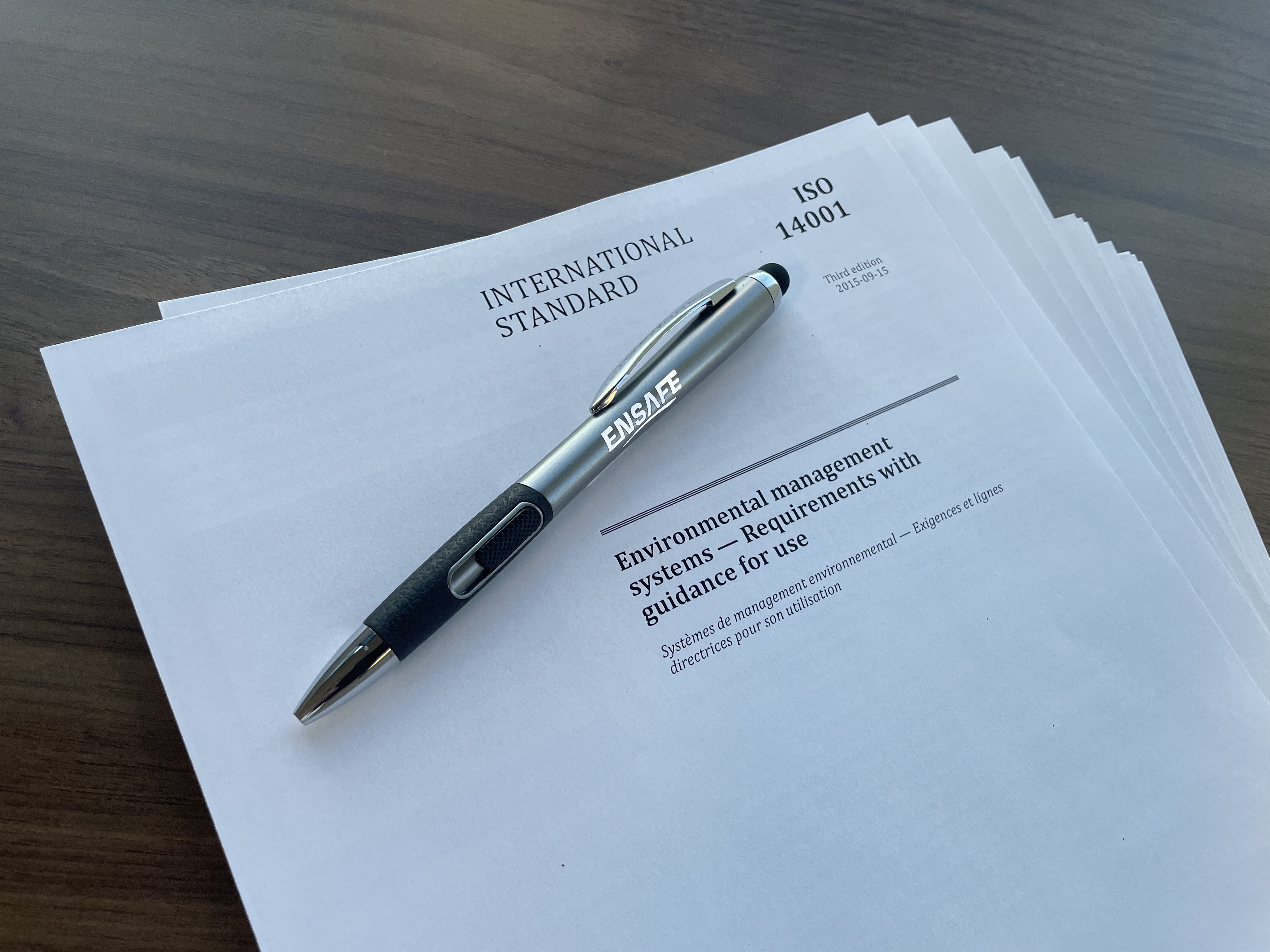The Environmental Protection Agency (EPA) regulates the emission of greenhouse gases (GHG) that trap heat in the atmosphere via 40 CFR Part 98 and requires annual reporting through EPA’s electronic GHG Reporting Tool (e-GGRT) by March 31 each year with information from the previous calendar year. Who is required to report GHG emissions? Applicability is […]
Continue readingOSHA Announces Annual Adjustments to OSHA Civil Penalties for 2023
Occupational Safety and Health Administration (OSHA) has changed civil penalty amounts based on cost-of-living adjustments for 2023. OSHA’s maximum penalties for serious and other-than-serious violations will increase from $14,502 per violation to $15,625 per violation. The maximum penalty for willful or repeated violations will increase from $145,027 per violation to $156,259 per violation. Also, OSHA […]
Continue readingTransforming 1930s Urban Roadway Design to Support Today’s Urban Redevelopment
Redevelopment in older urban communities to provide more beneficial built environments must also include redeveloping aging roadways and underlying infrastructure so that those new benefits are fully accessible. This was true in downtown Memphis, Tennessee, where EnSafe helped the Memphis and Shelby County Community Redevelopment Agency improve a 1,810-foot section of Front Street to keep […]
Continue readingEPA Issues PFAS Discharge Guidance to States
On December 5, 2022, the Environmental Protection Agency (EPA) issued a memorandum to EPA Regional Water Division Directors related to addressing per- and polyfluoroalkyl substance (PFAS) discharges in National Pollutant Discharge Elimination System (NPDES) permits. This important step is designed to monitor and reduce PFAS discharges to surface waters. The EPA memorandum provides PFAS-related guidance […]
Continue readingOur Answers to FAQs about ISO Standards
What are ISO standards? International Organization for Standardization (ISO) is an independent, non-governmental international organization with a membership of 167 national standards bodies. This organization releases ISO standards, which are those that international experts have agreed upon as the best way of doing something. These standards cover myriad activities, as the ISO website explains, “It […]
Continue reading



